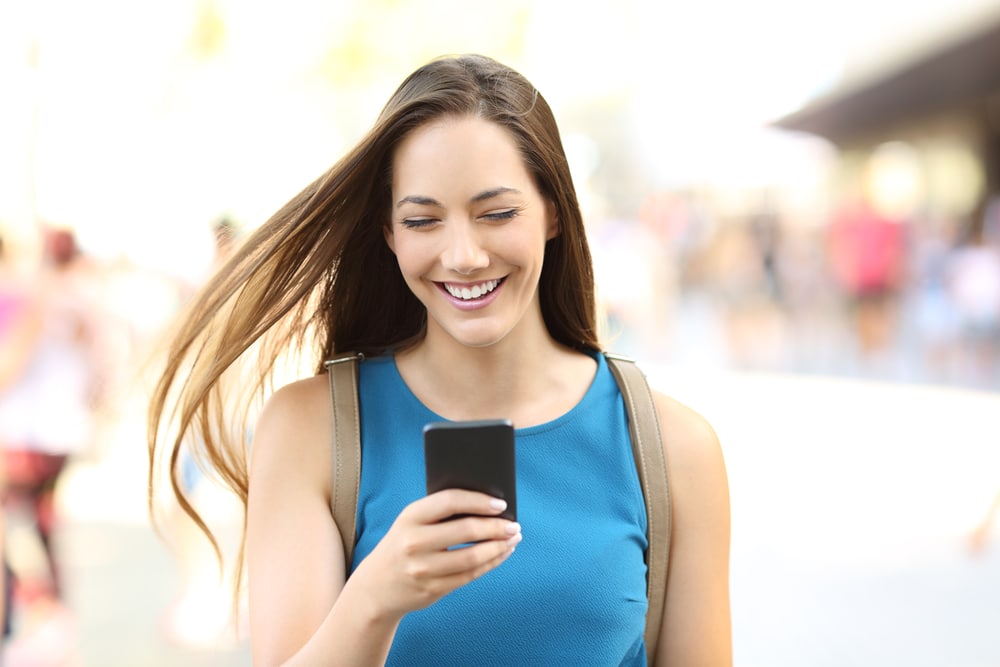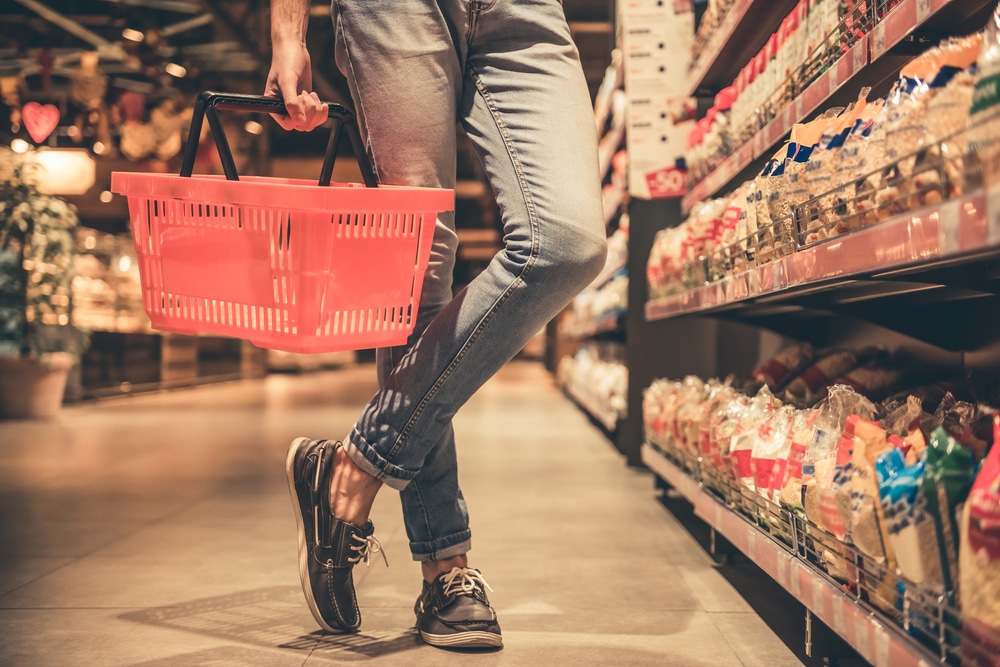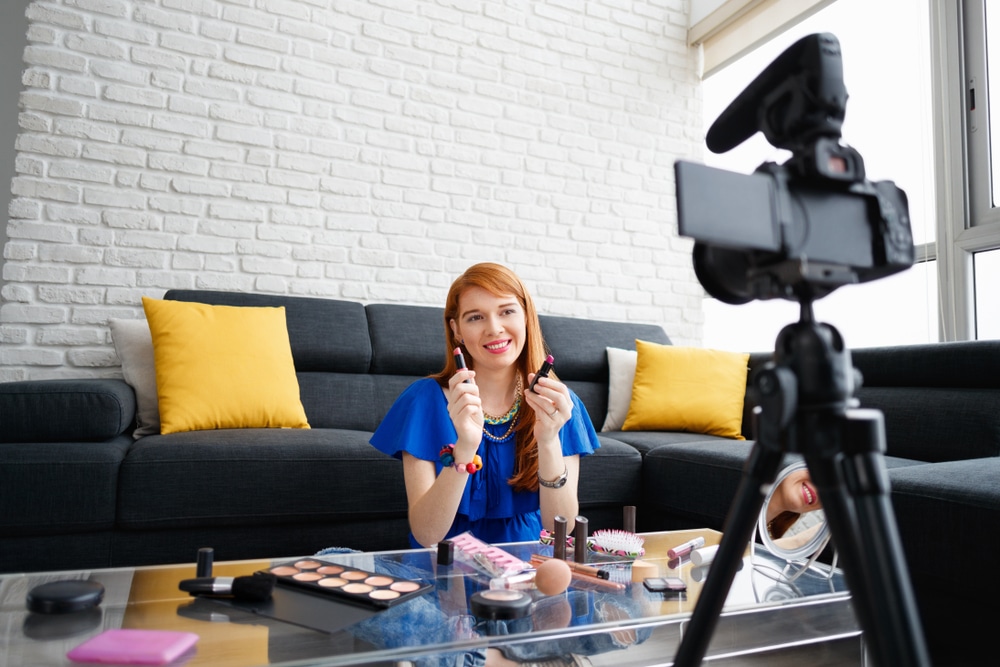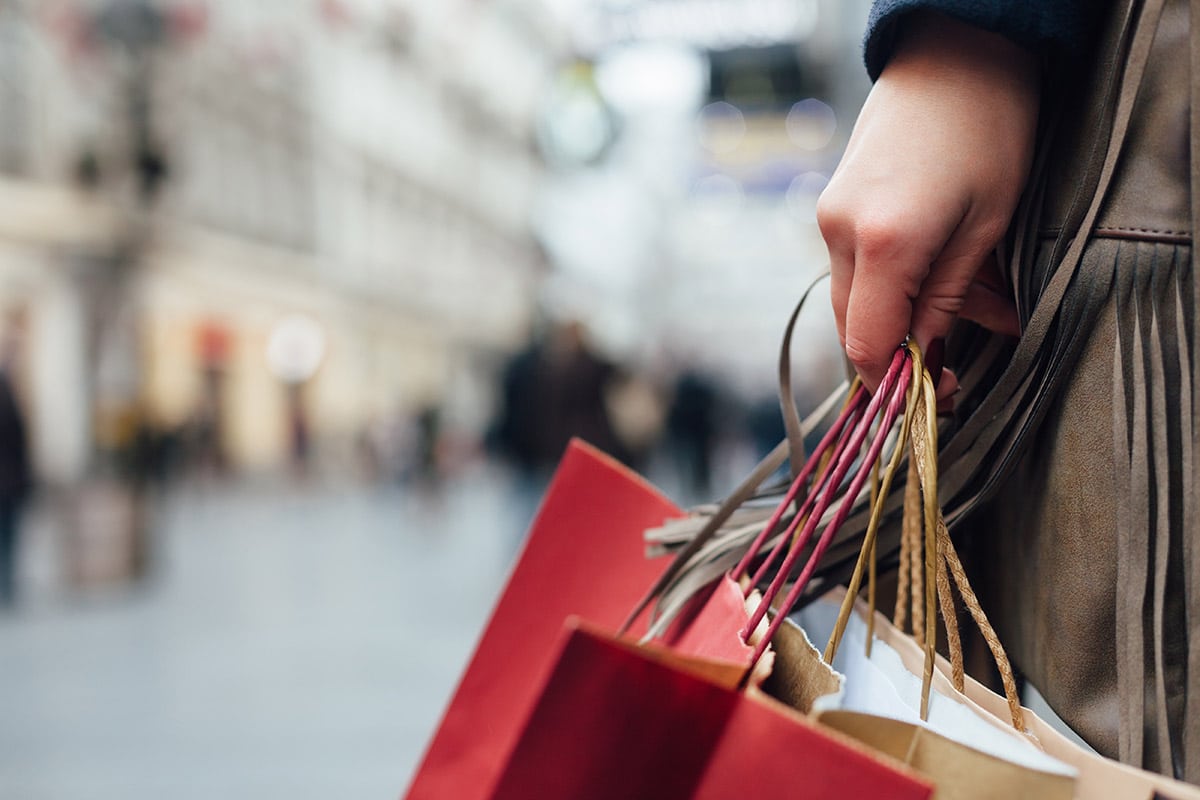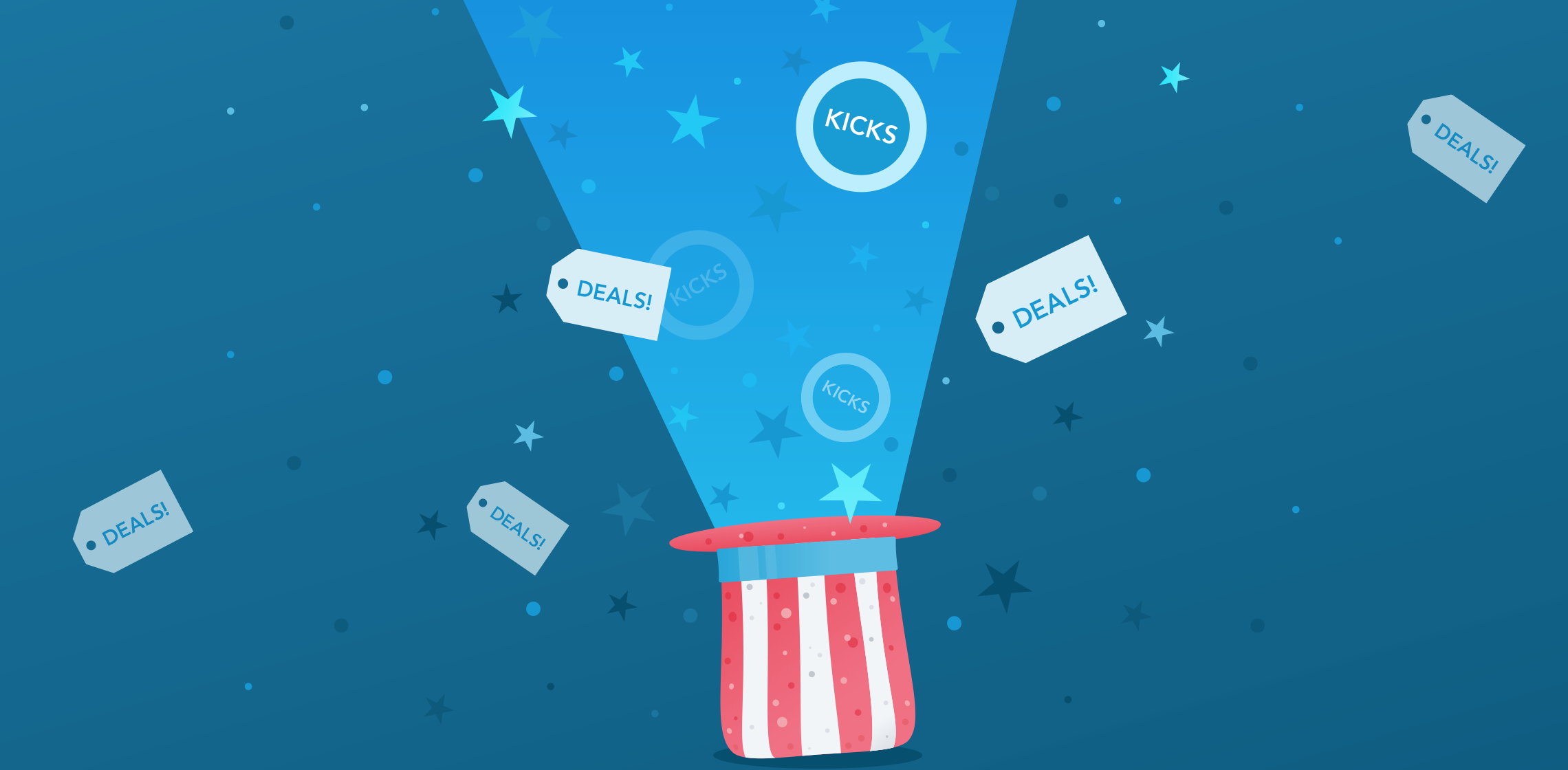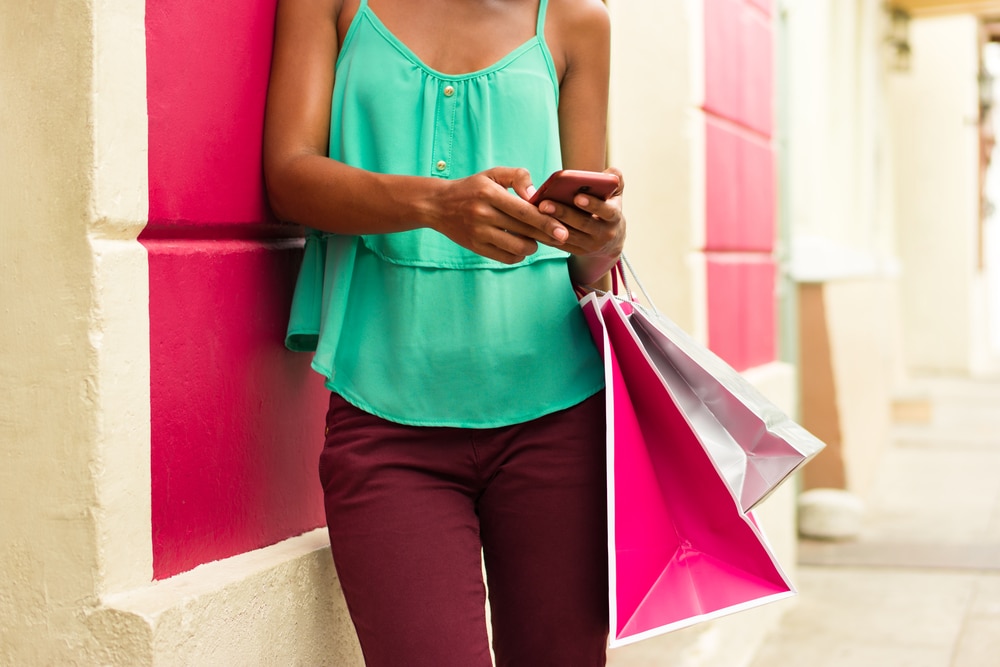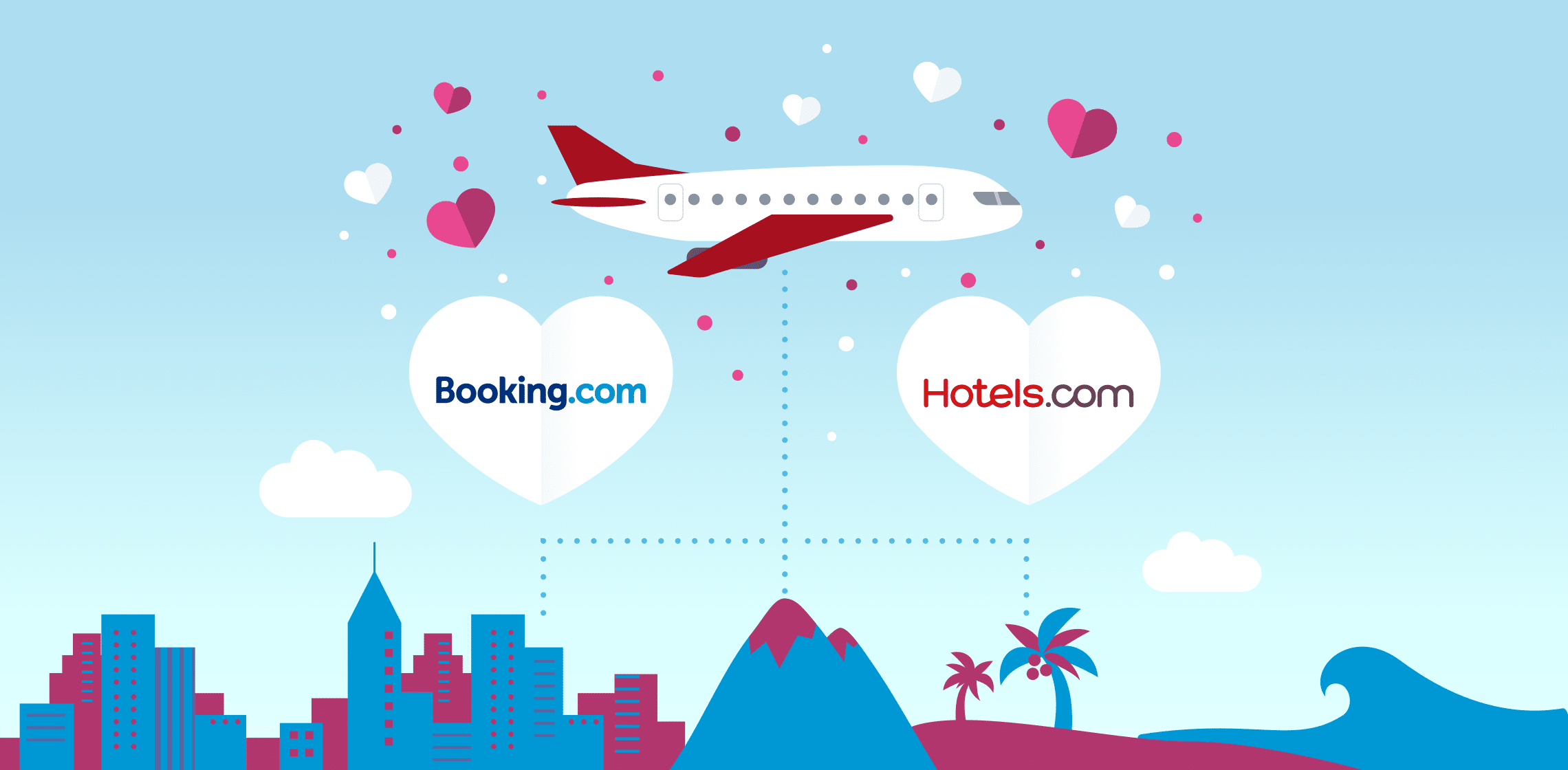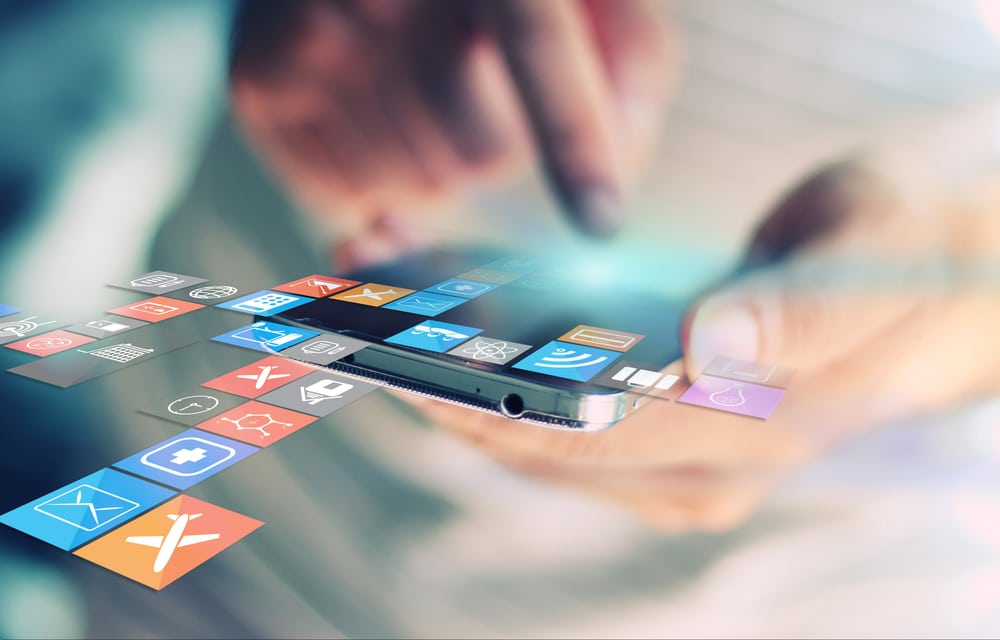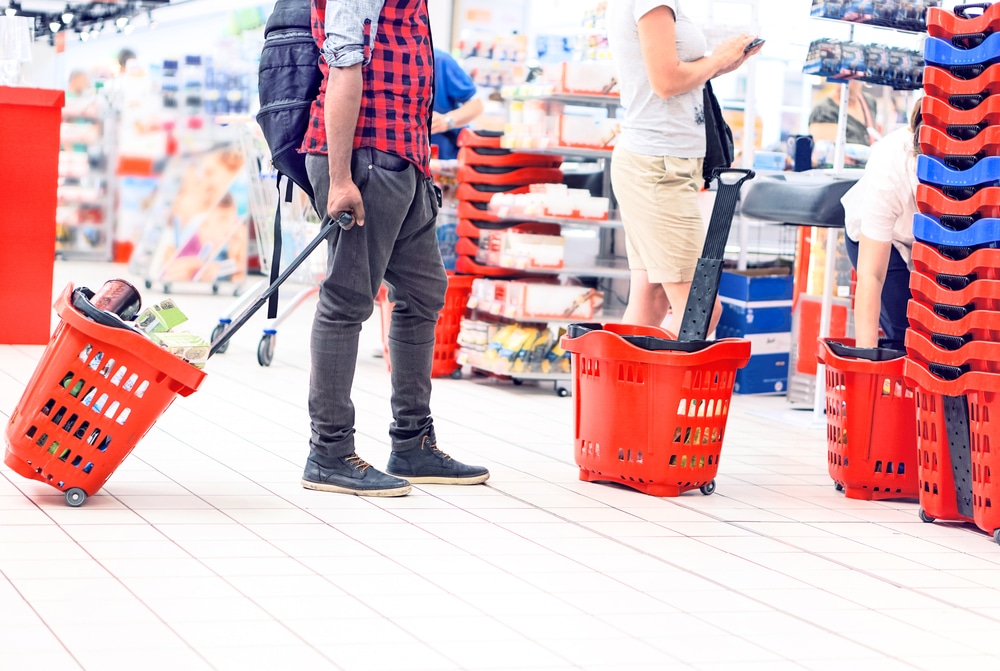Thanks to advancements in mobile technology, apps have made it easier for brands to encourage customer engagement. Continue reading “Customer engagement: Why apps are pivotal in the marketing process”
Author: Kick Writers
How marketers are using predictive artificial intelligence in retail
In recent years predictive artificial intelligence has become a game-changer for financial services, healthcare, and other data-intensive industries. Continue reading “How marketers are using predictive artificial intelligence in retail”
Understanding the impact of influencer marketing on consumer behavior
The impact of influencer marketing on consumer behavior is similar to that of the popular kid in school—others want to befriend them, know their interests, and are inclined to follow their lead. Continue reading “Understanding the impact of influencer marketing on consumer behavior”
The most effective types of in app advertising and when to use them
For marketers, online retail efforts should focus on increasing relevant traffic and sales. Continue reading “The most effective types of in app advertising and when to use them”
How to increase sales in retail: 5 effective strategies
Earn MONUMENTAL Kicks for Presidents’ Day Weekend
Presidents’ Day weekend has officially arrived. These next few days have long received my vote as some of the best of the winter. I think that’s due in part to being able to enjoy a celebratory weekend off with friends and family. In between catching up and adventuring around town, our time together is also typically punctuated by shopping the holiday sales. This year they are even more worthwhile thanks to Shopkick! Let’s peruse the top five categories, shall we?
Athleisure:
I just heard this is the time of year when New Year’s resolutions are put by the wayside. Not this year! If working out and reaching your fitness goals is on your agenda for the year, let’s keep the momentum going.
Stop into Modell’s to get your fitness into gear with all of your sport’s must-haves as well as a new pair of sneakers. You can also shop and earn big kicks at Fabletics! Sometimes working out is all about confidence and wearing what you love will help.
Everyday:
Whether you’re prepping for spring cleaning or wanting to stock up on all of your family’s must haves from food to toiletries, Presidents’ Day weekend is a great time to check things off of your list! Walmart.com has everything at fantastic prices, and you can also shop in bulk through Sam’s Club! Both stores are offering big kicks online this weekend when you shop through your Shopkick app.
Fashion:
I have spring fashion on my mind thanks to upcoming trips {LINK TO TRAVEL BLOG} and the arrival of warmer temperatures, which means I’m already looking at spring fashion. Wedding season, spring break, and every day in between, pick up new pieces online from Forever 21 with Shopkick!
Home:
If you’re planning to relax this weekend and catch up on your must-watch list, consider purchasing a subscription to Hulu! Some of the best shows are streamed through them, and you can also rediscover old shows and movies you haven’t seen in ages. It sounds like my kind of weekend! While you’re watching, you can also browse online for new home décor with Amazon Home, Overstock, and Big Lots.
Kids’ Style:
How often do you spot styles meant for kids and think, “I wish they made that in my size?” It comes to mind all the time for me! While that might not happen, there is still so much enjoyment to experience while shopping for your favorite kids at Carter’s and OshGosh B’gosh! This weekend, both brands are offering double the kicks when you make purchases in store with Shopkick.
How are you spending your Presidents’ Day weekend? We hope you earn MONUMENTAL kicks!
Social shopping: How social commerce is changing retail
In 2018, 66% of brands invested in social commerce, the process of selling direct to consumers via social media platforms like Facebook, Instagram, and Snapchat. Continue reading “Social shopping: How social commerce is changing retail”
Love is in the Air
In January, the holidays officially came to a close and winter’s coldest temperatures arrived over the course of a few weeks. One month seemed to last for a very long time, so it shouldn’t come as a surprise that I was battling some serious cabin fever. I realized it was time for me to look to my forever cure: travel!
Earn kicks when you book with Booking.com and Hotels.com.
Whether I’m planning a trip that’s days, weeks, or months away, I always love getting lost in the pure enjoyment of planning flights, hotels, experiences, and food. And, my two favorite tools for planning are Booking.com and Hotels.com. What’s even better is you can join me in earning 10 kicks per $1 spent when you plan and book your trip through either site while using your Shopkick app between now and February 18! This month, love truly is in the air.
Where will you go?
Just in case you love talking all things travel too, I thought I would offer more inspiration. My first question: Snow, sand, or city? Let’s dive into all three!
Snow
February and March are two of my favorite months to travel. Spring’s arrival is palpable, but the seasons haven’t changed just yet. As a result, a getaway to the mountains to ski, snowboard, snow tube, and ice skate is a definite possibility. As an East Coast resident, Vermont is one of my favorite spots to ski. There is plenty of snow, and I love exploring the quaint towns in New England when I need a break from the slopes. Of course, Colorado, Montana, Wyoming, and Northern California also have incredible mountains too if you would prefer to head west! They’re all on my list to experience, and you can book your ski trip with Booking.com and Hotels.com through the app.
Sand
By this point in the winter, a warm getaway to enjoy the beach might be more up your alley. Florida and Southern California both have plenty of beaches to enjoy during this time of year. Miami, Boca Grande, and Naples are all excellent beach cities in Florida with plenty more to see off of the sand. And, any of the beaches from San Diego to Los Angeles always promise beautiful views! You could also plan the ultimate trip and skip outside of the U.S. to explore Mexico or the Caribbean.
City
In my opinion, there is never a season in which a trip to the city is not a wonderful idea. The winter offers a great opportunity to explore all of the indoor spots a city has to offer, which means plenty of time spent in museums. You can also add coffee shops, restaurants, shopping, and all things cultural to your experiences list. Check to see if the city you plan to visit has an indoor botanical garden, too! No matter the season, there are always flowers blooming inside. If you are looking for a new city to explore, I always hear incredible things about Boston, Charleston, SC, Chicago, Dallas, New York City, Philadelphia, San Francisco, and Seattle. Which city will you visit when you book using Booking.com and Hotels.com through Shopkick?
Whether you choose to visit the mountains, beach, or city, I am certain you will be happy you said yes to traveling solo or with family or friends! So, where will your getaway take you?
Keeping up: 3 mobile marketing trends for 2019
Mobile marketing trends for 2019 won’t solely be centered around new technology that emerges for serving advertisements. Continue reading “Keeping up: 3 mobile marketing trends for 2019”
Customer loyalty programs: Converting loyalty into sales
Customer loyalty programs are a challenge in the CPG industry as consumers typically don’t carry brand-specific loyalty cards. Continue reading “Customer loyalty programs: Converting loyalty into sales”
Attract and connect: How to engage customers in retail
How to Celebrate Valentine’s Day on a Budget
When I think of February, Valentine’s Day always comes to mind first. I still remember the mailboxes I would create in elementary school before our annual Valentine’s Day parties, and I paid careful attention to the Valentines I chose to give out to friends. A personalized note was always a must! Although my mailbox creation days may be behind me, this holiday has always been about spreading positivity (and love!). As a result, I can’t help but celebrate every year because I’m convinced Valentine’s Day will always be one of my favorite holidays.
Announcing, Week of Love!
This year, we thought we would celebrate even more than usual, so Shopkick is launching Week of Love today! We’re sharing how to celebrate Valentine’s Day on a budget by teaming up with some of your favorite retailers to give you the chance to earn big kicks as you get ready for the big day. Whether you’re prepping to celebrate with your partner, hosting a Galentine’s Day get together, or treating friends and family to a little extra holiday fun, there’s something for everyone!
Over the next week, make sure to check the app daily. That way, you will never miss that day’s reveal of the Week of Love Valentine’s Day retailer who is offering big kicks! As a sneak peek for blog readers, we can share a few of the places where you will want to shop for Valentine’s Day between now and next Thursday.
Valentine’s Day Gifts & Big Kicks:
You can find just about anything on Jet.com! The site is home to a wealth of top brands for home, entertainment, and fashion. Peruse the site, and pick up a new kitchen appliance, the coolest headphones, or even a new bag. There’s also a great kids’ shop!
I don’t think I’ve ever met anyone who doesn’t enjoy a surprise delivery of flowers. Great news – 1800Flowers is in on the fun! I can’t reveal which day their kicks are going live, but I can say your blooms will be delivered in time for Valentine’s Day. If you want to do something extra special for your mom, this is the moment!
There will even be an opportunity to score big kicks on a great date night. Keep your eyes peeled for Fandango’s big kicks! Plan a cozy night with your partner or your girlfriends on Valentine’s Day at the movies. Going out to dinner or stopping for drinks before or after your screening is the recipe for a fun night together!
There will be even more retailers announced throughout the week, and you can also find plenty of gift inspiration for her and him in our lookbooks. Happy Week of Love, all!
How are you celebrating Valentine’s Day? Let us know!
Make sure to download Shopkick for free, and join us on Facebook, Twitter, and Instagram for more shopping inspiration!

